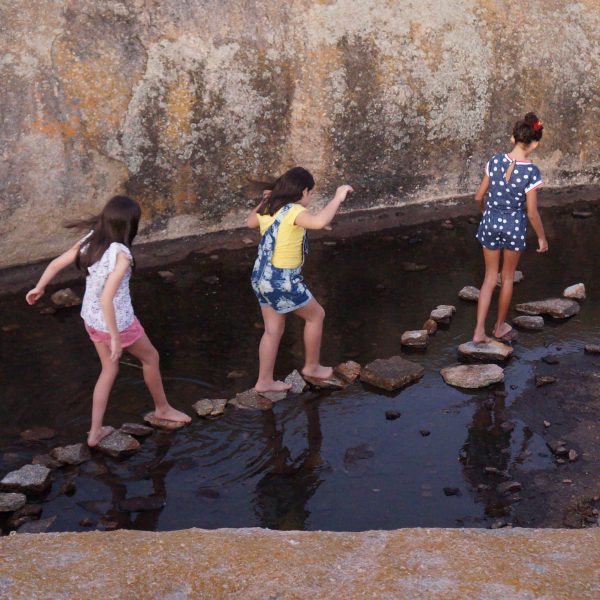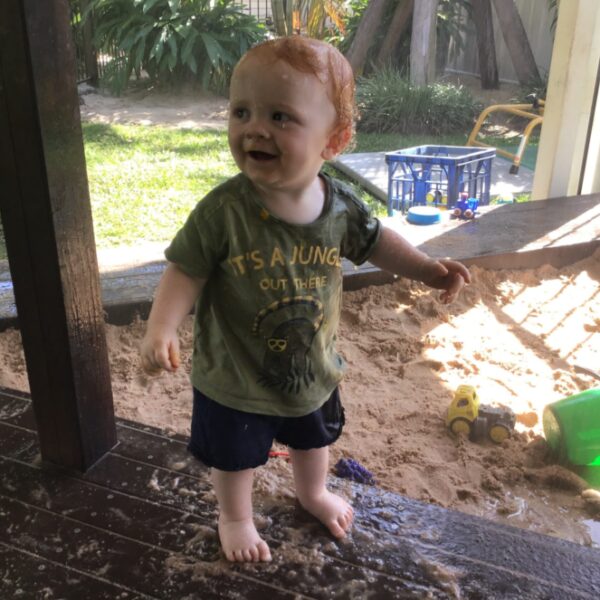UniSA researchers find children are significantly more imaginative in nature play spaces

Colourful slides, balancing beams and plastic stepping stones, or trees, plants and sand? Which is better for children’s development?
These are the questions researchers from the University of South Australia recently set out to answer, and the results will come as no surprise to the early childhood education and care (ECEC) community.
While both spaces have benefits, when the researchers observed the play practices of children aged three to five years in ECEC settings, they found that children were “significantly more imaginative and social” in nature play areas, tending to play together more and be more creative.
In manufactured spaces (those with fixed play equipment, and introduced play tools such as skipping ropes, swings, stepping stones and toys) children were mostly involved in physical activities like climbing and playing on equipment.
When children were offered options of natural play spaces and manufactured play spaces they spent more than half their time (60 per cent) in the natural environment.
Lead researcher and PhD candidate Kylie Dankiw says that embracing elements of nature in playground design could present greater opportunities for improved children’s development.
“Nature play is globally recognised for the benefits it provides to young children, particularly in relation to developing cognitive and social skills, but also because it allows children to challenge themselves, take risks, explore and create,” Ms Dankiw said.
“So, it makes sense that there is a relationship between the features and components of an outdoor play space and the impacts on a child’s development.”
Both nature play zones and manufactured play spaces influence children’s play, however Ms Dankiw’s research, along with that of co-researcher Dr Margarita Tsiros hope that their findings prompt landscape designers, teachers, parents, health professionals and child development experts to work together to make play spaces that help children grow and learn in different ways.
“Nature play spaces may be a sustainable and beneficial way to engage children with the natural environment,” Dr Tsiros says.
“When designing or upgrading a play space for young children, it’s important to include a range of natural elements that are physically challenging (such as logs for balancing or climbing over), imaginative (such as loose parts to make mud pies), and that children can explore with their friends, (such as places to build cubbies and trade sticks).”
“Traditional play equipment still has a role, but a mix of both may deliver engaging experiences and beneficial outcomes that promote children’s development.
“If we can create play spaces that not only provide enjoyment but also contribute positively to children’s learning, growth, and development then this is the ultimate goal.”
Popular

Workforce
Quality
Practice
Provider
Research
How one teacher is using Little J & Big Cuz to build empathy, understanding and confidence in First Nations learning
2025-12-08 07:15:19
by Fiona Alston

Quality
Policy
Practice
Provider
Economics
Research
Workforce
NQF Annual Report 2025: Quality gains continue, but sector faces compliance pressures and persistent equity gaps
2025-12-10 07:21:19
by Fiona Alston

Research
Provider
Intentional science play: a three‑stage pathway to foster children’s scientific literacy in the early years
2025-12-10 07:45:26
by Fiona Alston
















